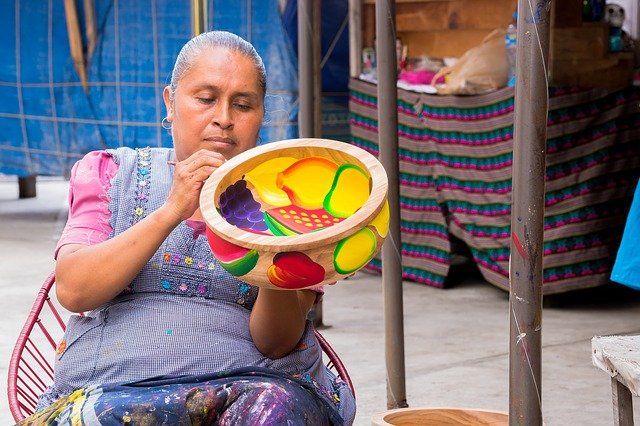Indigenous numerations in Mexico
Today in Mexico coexist diverse cultures that speak languages other than Spanish which, like other elements of their current cultures, have pre-Hispanic origins but have developed over time.

As in most countries in the world, Mexico today is home to diverse cultures, including those of the 56 officially recognized indigenous ethnic groups. Most of these groups speak languages other than Spanish which, like other elements of their current cultures, have pre-Hispanic origins but have developed over time.
In all languages, there are numbers and other mathematical elements. The spoken numerals used today in the indigenous languages of Mexico have for the most part a different internal structure than the numerals used in Spanish. Moreover, there are differences among them and even among dialectal variants of the same language.
There are also differences between how the numerations are today and how they were in pre-Hispanic times because the indigenous languages have undergone more than 500 years of use and development influenced by Spanish and other languages.
Indigenous education schools in Mexico aim to promote the schooling of indigenous children in their mother tongue, which requires knowledge of the language, their writing, and some other basic elements that constitute the knowledge to be dealt with in school, as well as a series of reflections on teaching in general and that of ethnic content in particular.
In most of the indigenous groups of Mexico in pre-Hispanic times there was no written numbering, and in those where there was written numbering is not used today.
Sample of Nahuatl numeration
In the present-day Nahuatl language, numerals are used, at least those less than one hundred. However, it is known that much larger numbers existed in spoken numeration. In Nahuatl, the numbers 1 to 5 have a proper name and apparently are simple words but "macuill" (five) is a compound word meaning folded hand or fist. The numbers 6 to 9 are formed with the root "chico" or "chicu", which means half, half of the hands, one hand, the preposition "huan" which means and, next to another, and the numbers 1 to 4 as suffixes forming compound words that contract - "chicohuance" contracts into "chicuace" which means one hand plus one (5 + 1 = 6), "chicohuanome" into "chicome", one hand plus two (5 + 2 = 7), etc. The number 10 has a proper name "matlactli" which means a man from the waist up, the two hands.
Currently not all numbers are used in Nahuatl, but in general, the numbers from 1 to 99 are used, in some places up to 399 and in some places, even non-Nahuatl, tzontl is found: as a measure of bunches of palms or loads of corn and with the meaning of four hundred units. In other Nahua regions neither the syllable "on" nor the word "huan" is used in the formation of numerals; only the numerals are juxtaposed and by their position in the world, their value is known. It is worth asking whether this comes from an extrapolation of the way words are generally formed in Nahuatl or whether it comes from the influence of another indigenous language.




